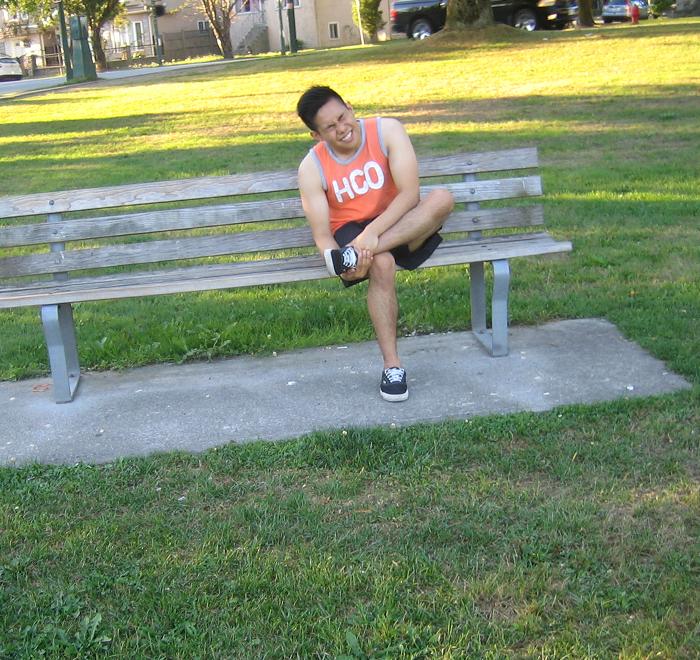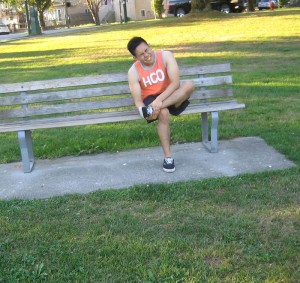Osteoarthritis is inflammation of the joints which is the most common form of arthritis. This condition is also called osteoarthritis which involves pain in the joint and disability in adults over age 50 years. Degenerative arthritis happens due to the collapse of cartilage in the joint from overuse and repeated wear and tear of the joint. The knee, hip, spine, toe and the finger joints are usually affected by this type of arthritis. Osteoarthritis causes pain, swelling and limited movements with crepitus in the affected joint.
Causes of osteoarthritis
- Some people can experience the symptoms when they reach 70 years old and up.
- There is a high risk of developing osteoarthritis if parents, grandparents or siblings are suffering from osteoarthritis.
- Women are more susceptible to develop osteoarthritis than men after reaching 55 years old.
Pain can be felt in and around the affected joint. Pain can develop many years after the beginning of the cartilage degeneration. - Sports injuries that can result to osteoarthritis such as dislocated joints, torn cartilage and injuries on the ligaments.
- Repetitive straining of the joints such as performing physical labor, squatting, kneeling or climbing stairs for hours puts an individual at high risk for developing pain in the joint and stiffness. The hands, hips and knees can also be affected by osteoarthritis.
- Being overweight can also result to osteoarthritis.
- New symptoms of osteoarthritis will develop if suffering from other underlying medical conditions such as bleeding near a joint, bleeding disorder or hemophilia and blockage of blood flow known as avascular necrosis.
- Suffering from other forms of arthritis like gout or rheumatoid arthritis.
Symptoms
- Pain can be felt in and around the affected joint. Pain can develop many years after the beginning of the cartilage degeneration.
- Pain can be felt in the knee especially when climbing up and down stairs. Squatting becomes difficult and there is difficulty climbing vehicles and buses.
- The joint becomes stiff when resting but becomes lessened when performing some activities.
- Walking becomes difficult due to the pain and swelling of the hip or knee.
- Morning stiffness of the joint usually lasts for 5-30 minutes.
- There is locking or buckling of the affected joint.
- Swelling of the joint with accumulation of the fluid in the synovial layer.
- The sensation of bone rubbing against bone during movement or crepitus.
Treatment
- Apply a warm compress and take paraffin baths to minimize the pain and stiffness.
- Cut down some weight to lessen the symptoms.
- Perform slow exercises such as taking short walks or runs and swimming.
- Wear a compression sleeve to lessen the pain. Avoid wearing a sleeve that is too tight to prevent any disruption in the blood circulation in the area.
- Maintain proper posture to lessen the excess load on the weight-bearing joints.
- Use supportive devices such as canes, orthotic shoes, crutches and braces for the knee to lessen the pressure placed on the joints.


